Traduzione generata automaticamente
Mostra originale
Mostra traduzione
There is no mistaking the style and sophisticated design of this dining set comprising an exquisite rare English antique Elizabethan Revival pollard oak extending dining table, circa 1850 in date and a set of fourteen vintage dining chairs. The table with a striking rectangular pollard oak top with canted corners, inlaid marquetry decoration to match the fret carved frieze, and a moulded edge over the already mentioned beautiful hand carved frieze. This majestic table has four leaf extensions and can comfortably seat fourteen. This striking table has been handcrafted from solid oak which is not only strong, but has a beautiful grain. The top is in Pollard, oak with twin line inlaid marquetry decoration, which is seen in the intricate burr on the tabletop. The four leaf extensions can be added or removed as required to suit the occasion by a special winding mechanism. The table is raised on massive hand carved square section legs with blind fret moulding, headed by carved masks, and terminating in brass castors. The stunning set of fourteen vintage burr walnut and inlaid marquetry dining chairs complement the table beautifully. The set comprises a pair of armchairs along with a total of twelve side chairs. The chairs are made from solid walnut and also feature marquetry inlaid decoration along the same lines as the table. For your seating comfort, the chairs in this set have beautifully reupholstered and feature drop in seats which can quickly and easily be removed leaving the cane seats below available to provide a cooler seating option in warmer weather. This impressive dining set is exemplary of the early Victorian era with its Pollard oak and delicate inlaid marquetry. It will Stand out in your dining or conference room and will become the key piece in your furnishing collection. Condition: In excellent condition having been beautifully cleaned, French polished and waxed in our workshops, please see photos for confirmation. Dimensions in cm: Height 77 x width 360 x depth 142 - fully extended Height 77 x width 160 x depth 142 - with all leaves removed Height 105 x width 48 x depth 46 - chair Height 105 x width 56 x depth 53 - armchairs Height 53 - seat height Dimensions in inches: Height 30.3 x width 141.7 x depth 55.9 - fully extended Height 30.3 x width 63.0 x depth 55.9 - with all leaves removed Height 41.3 x width 18.9 x depth 18.1 - chair Height 41.3 x width 22.0 x depth 20.9 - armchairs Height 20.9 - seat height Pollard oak Pollarding is a pruning system in which the upper branches of a tree are removed, promoting a dense head of foliage and branches. It has been common in Europe since medieval times and is practiced today in urban areas worldwide, primarily to maintain trees at a predetermined height. The bole of the tree, constantly cut back over a period of years, will eventually form a Lump, or ‘burr’, which when sawn for veneer, gives a lovely grained, swirling figure. The effect is similar to that of burr walnut with its distinctive speckled grain. Burrs, or ‘burls’, are growths which appear on the side of tree trunks, resulting from a tree undergoing some form of stress. They may be caused by an injury, virus or fungus. During the 19th century great strides were made in the mechanization of cabinet making. Marc Isambard Brunel [Isambard Kingdom’s father] built the first steam driven saw mill, and invented a circular saw that could be used to cut veneers thinly and evenly for the first time. He also developed the first hydraulic veneer press. The figured wood cut from burrs and pollards is notoriously difficult to cut and lay: the wild grain which makes it so attractive results in a very delicate, brittle veneer. The new machines enabled the Victorian craftsmen to make the most of these beautiful timbers. Winding mechanism for extending tables Were first made in the early 19th century. A man by the name of Samuel Hawkins applied for a patent on a screw expander on June 6th, 1861. Presumably, Mr. Hawkins either died or retired because his business was taken over by a young machinist named Joseph Fitter in 1864. Joseph Fitter operated a machinist shop where he produced winding mechanisms for extending tables as well as screw expanders for piano stools and other applications at 210 Cheapside, Birmingham England by the name of Britannia Works.
Non si può sbagliare lo stile e il design sofisticato di questo set da pranzo composto da uno squisito e raro tavolo da pranzo allungabile in rovere pollard di epoca elisabettiana, datato circa 1850, e da un set di quattordici sedie da pranzo d'epoca. Il tavolo ha un sorprendente piano rettangolare in rovere pollard con angoli inclinati, decorazioni a intarsio che si abbinano al fregio intagliato a traforo e un bordo modellato sopra il già citato bellissimo fregio intagliato a mano. Questo maestoso tavolo è dotato di quattro prolunghe e può ospitare comodamente quattordici persone. Questo tavolo di grande effetto è stato realizzato a mano in rovere massiccio, che non solo è resistente, ma ha anche una bellissima venatura. Il piano è in rovere Pollard, con decorazione a intarsio a due linee, come si può notare dall'intricata bava sul piano del tavolo. Le quattro allunghe possono essere aggiunte o rimosse a seconda delle esigenze grazie a uno speciale meccanismo di avvolgimento. Il tavolo poggia su massicce gambe a sezione quadrata intagliate a mano, con modanature a traforo cieche, capeggiate da maschere intagliate e terminanti con rotelle in ottone. Lo splendido set di quattordici sedie da pranzo d'epoca in radica di noce e intarsio completa magnificamente il tavolo. Il set comprende una coppia di poltrone e un totale di dodici sedie laterali. Le sedie sono realizzate in noce massiccio e presentano una decorazione a intarsio sulla stessa linea del tavolo. Per il vostro comfort di seduta, le sedie di questo set sono state splendidamente tappezzate e dispongono di sedili a ribalta che possono essere rapidamente e facilmente rimossi, lasciando i sedili di canna sottostanti disponibili per offrire una seduta più fresca nei periodi più caldi. Questo imponente set da pranzo è esemplare della prima epoca vittoriana con il suo rovere Pollard e i delicati intarsi. Spicca nella sala da pranzo o nella sala conferenze e diventerà il pezzo chiave della vostra collezione di mobili. Condizioni: In ottime condizioni, dopo essere stato pulito, lucidato e lucidato a cera nei nostri laboratori; si prega di vedere le foto per conferma. Dimensioni in cm: Altezza 77 x larghezza 360 x profondità 142 - completamente esteso Altezza 77 x larghezza 160 x profondità 142 - con tutte le ante rimosse Altezza 105 x larghezza 48 x profondità 46 - sedia Altezza 105 x larghezza 56 x profondità 53 - poltrone Altezza 53 - altezza seduta Dimensioni in pollici: Altezza 30,3 x larghezza 141,7 x profondità 55,9 - completamente esteso Altezza 30,3 x larghezza 63,0 x profondità 55,9 - con tutte le foglie rimosse Altezza 41,3 x larghezza 18,9 x profondità 18,1 - sedia Altezza 41,3 x larghezza 22,0 x profondità 20,9 - poltrone Altezza 20,9 - altezza seduta L'impollinazione della quercia è un sistema di potatura che prevede l'eliminazione dei rami superiori di un albero, favorendo la formazione di un fitto cespo di fogliame e di rami. È diffuso in Europa fin dal Medioevo e oggi è praticato nelle aree urbane di tutto il mondo, principalmente per mantenere gli alberi a un'altezza prestabilita. Il fusto dell'albero, costantemente tagliato per un periodo di anni, finirà per formare un grumo, o "bava", che quando viene segato per l'impiallacciatura, dà una bella figura granulosa e vorticosa. L'effetto è simile a quello della radica di noce, con la sua caratteristica venatura maculata. Le bave, o "bave", sono escrescenze che compaiono sui lati dei tronchi degli alberi, a causa di una qualche forma di stress. Possono essere causate da una ferita, da un virus o da un fungo. Nel corso del XIX secolo sono stati fatti grandi passi avanti nella meccanizzazione dell'ebanisteria. Marc Isambard Brunel [padre di Isambard Kingdom] costruì la prima segheria a vapore e inventò una sega circolare che per la prima volta poteva essere utilizzata per tagliare le impiallacciature in modo sottile e uniforme. Sviluppò anche la prima pressa idraulica per impiallacciature. Il legno figurato ricavato da bave e pollard è notoriamente difficile da tagliare e posare: la venatura selvaggia che lo rende così attraente si traduce in un'impiallacciatura molto delicata e fragile. Le nuove macchine hanno permesso agli artigiani vittoriani di sfruttare al meglio questi splendidi legni. Meccanismi di avvolgimento per tavoli allungabili Furono realizzati per la prima volta all'inizio del XIX secolo. Un uomo di nome Samuel Hawkins richiese un brevetto per un meccanismo di allungamento a vite il 6 giugno 1861. Presumibilmente il signor Hawkins morì o si ritirò, perché la sua attività fu rilevata da un giovane macchinista di nome Joseph Fitter nel 1864. Joseph Fitter gestiva un'officina meccanica che produceva meccanismi di avvolgimento per tavoli allungabili, nonché espansori a vite per sgabelli da pianoforte e altre applicazioni al numero 210 di Cheapside, Birmingham, Inghilterra, con il nome di Britannia Works.
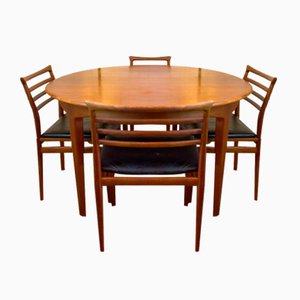

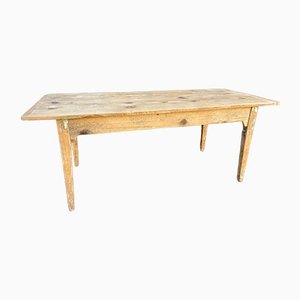




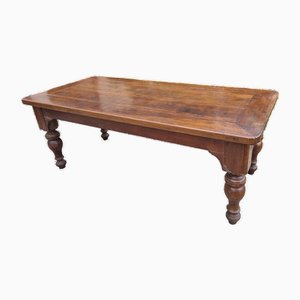

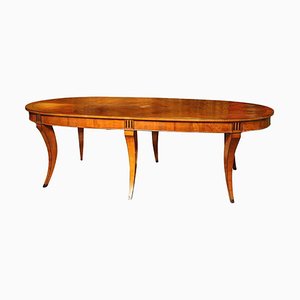
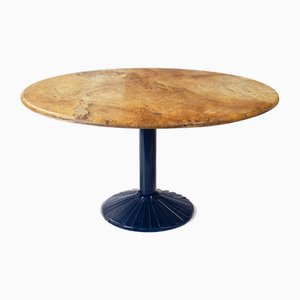
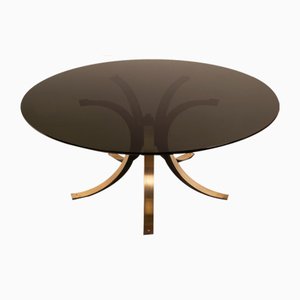


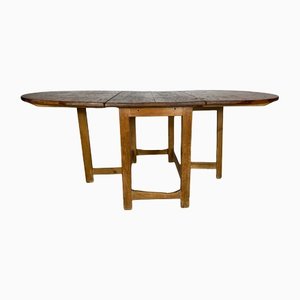




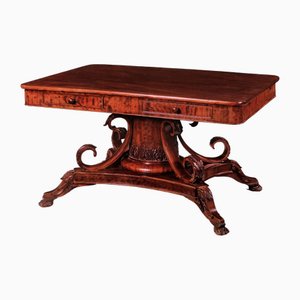


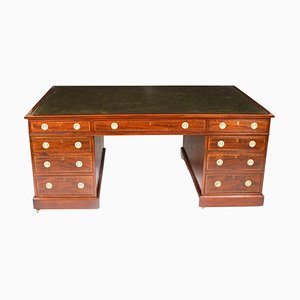
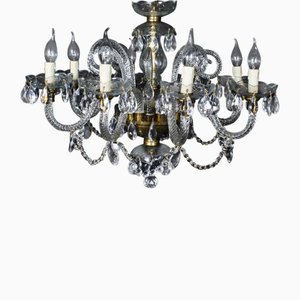
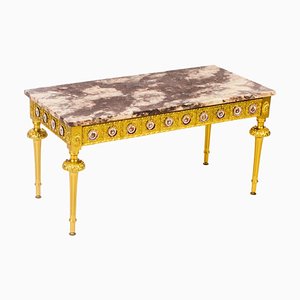

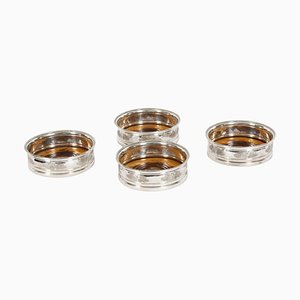

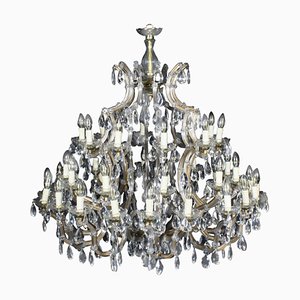
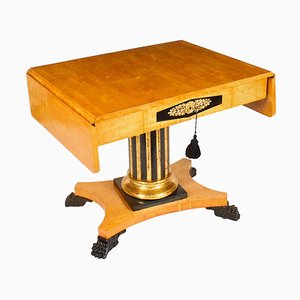
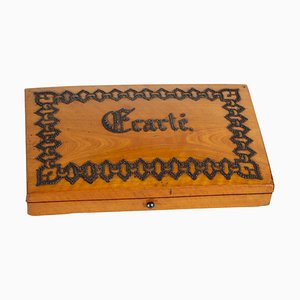


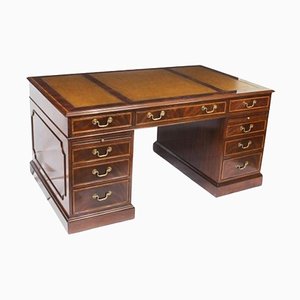
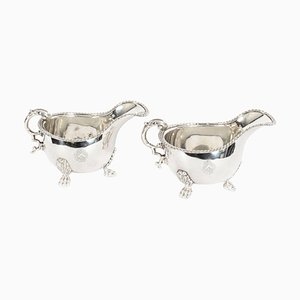
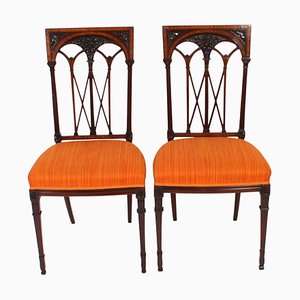
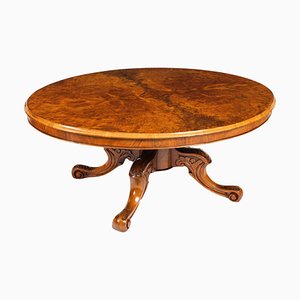
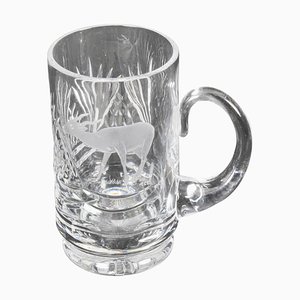
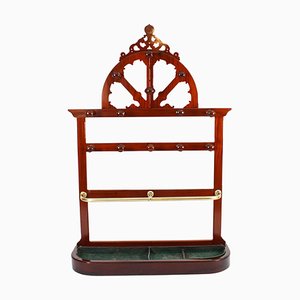
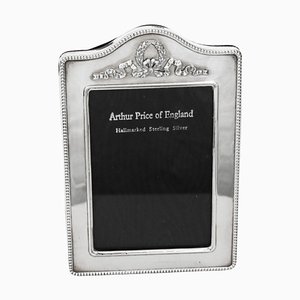
Contattaci
Fai un'offerta
Abbiamo notato che sei nuovo su Pamono!
Accetta i Termini e condizioni e l'Informativa sulla privacy
Contattaci
Fai un'offerta
Ci siamo quasi!
Per seguire la conversazione sulla piattaforma, si prega di completare la registrazione. Per procedere con la tua offerta sulla piattaforma, ti preghiamo di completare la registrazione.Successo
Grazie per la vostra richiesta, qualcuno del nostro team vi contatterà a breve.
Se sei un professionista del design, fai domanda qui per i vantaggi del Programma Commerciale di Pamono